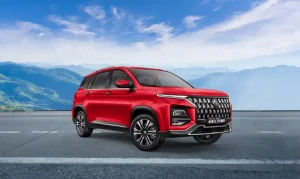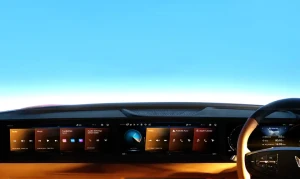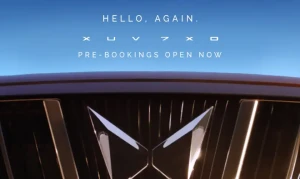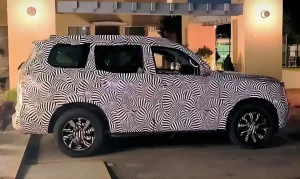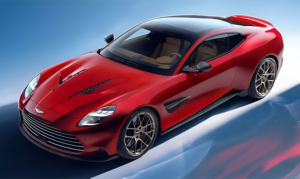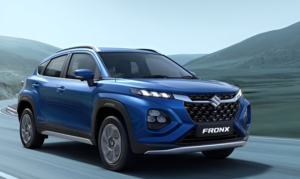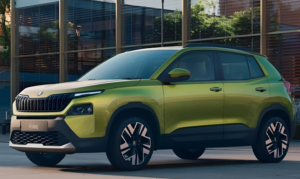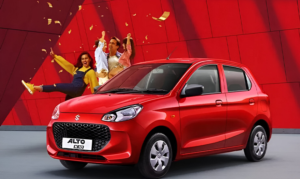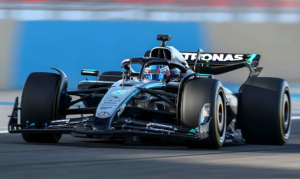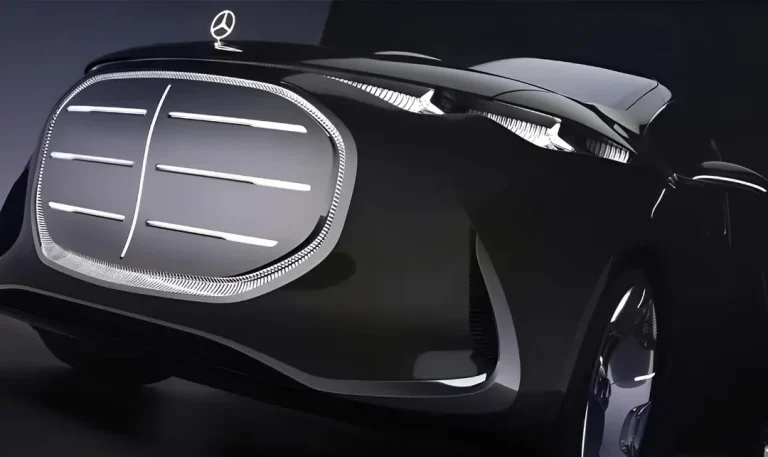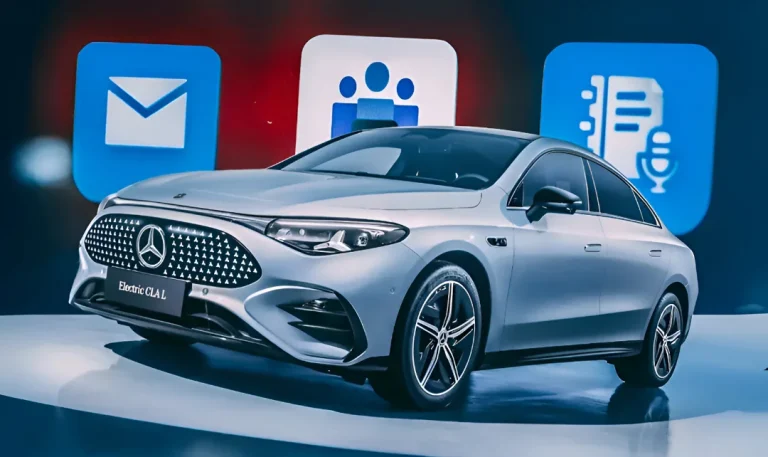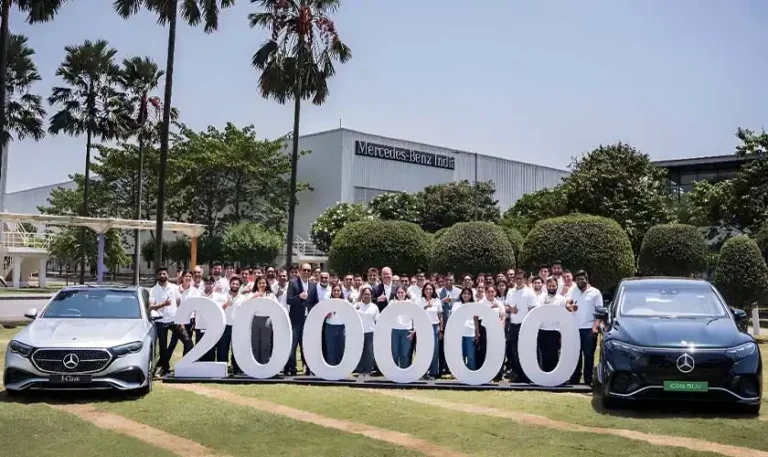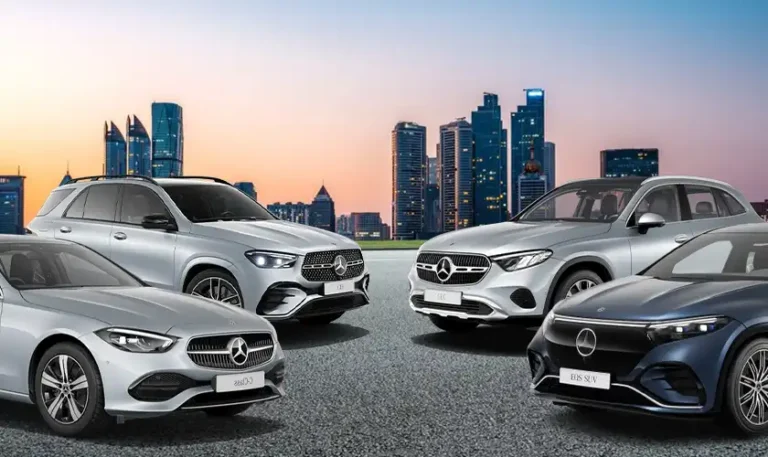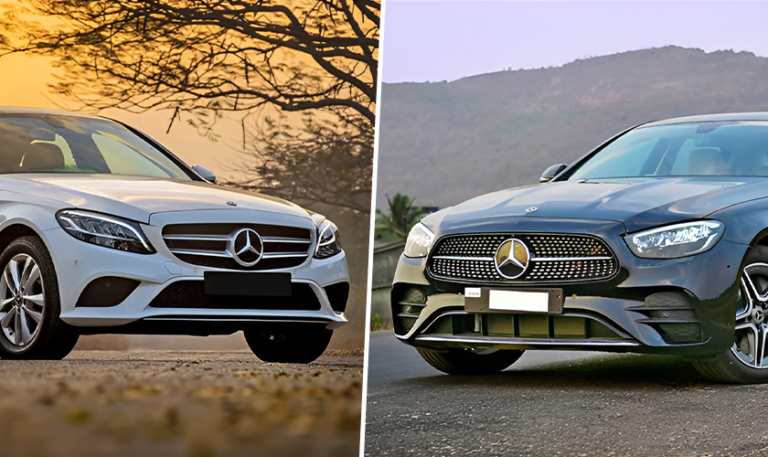2026 Mercedes C-Class EV: A New Benchmark In Luxury Electric Sedans
- The C Class EV is set to become one of the most important luxury electric sedans in the automobile industry
- It will debut in 2026 as part of the brand’s push toward a fully electric future
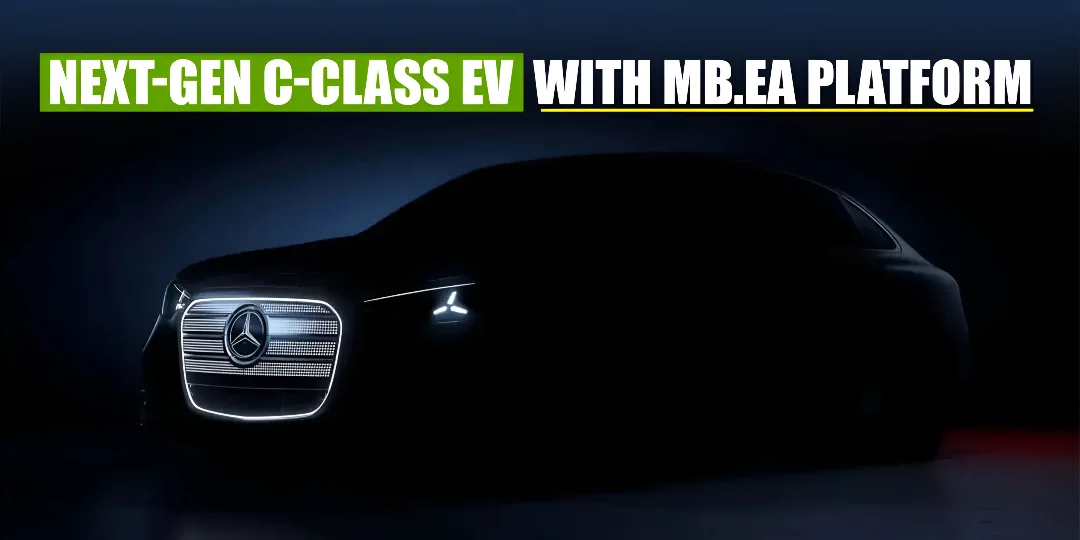
The upcoming 2026 Mercedes C Class EV has been in the spotlight as the luxury brand prepares its next generation electric sedan. The latest updates reveal not only a fresh design direction but also major upgrades in range, platform and battery technology. Set to join the global lineup in 2026 the model will showcase Mercedes Benz’s ambitious plan for the electric future.
Softer Design Elements Compared To Current C-Class
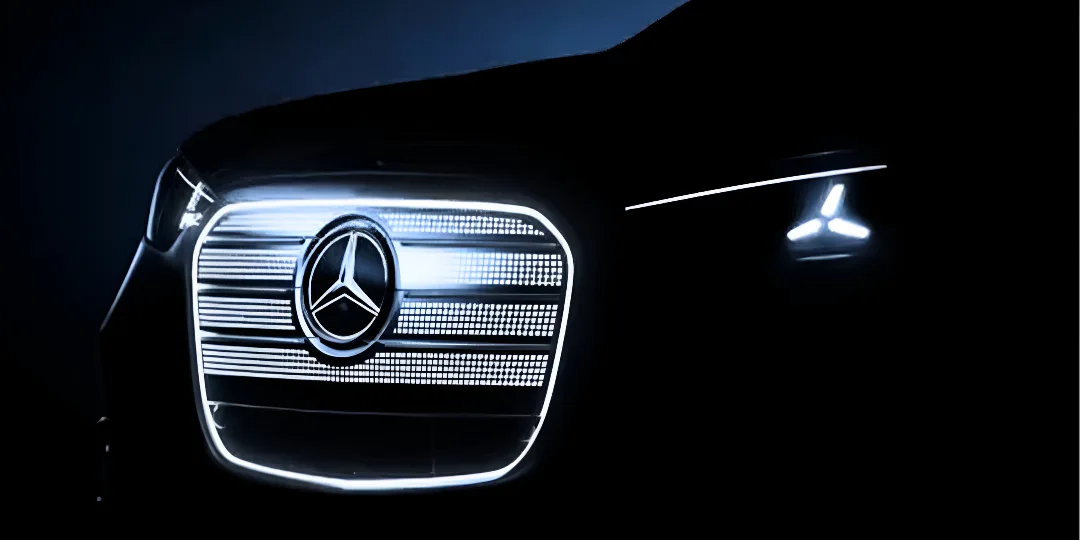 AD
AD
The design preview of the new C Class EV highlights some key differences from the current petrol and diesel-powered version. One of the most noticeable changes is in the body treatment:
Rounded Lower Corners: The upcoming EV has smoother, softer curves around its lower edges. This contrasts with the sharper more angular styling seen on the current C Class sedan
Smoother Surfaces For Aerodynamics: The toned down angular lines also help reduce drag which plays a big role in increasing efficiency and extending the driving range
These changes signal a shift toward a more aerodynamic and futuristic design language. The sleeker form not only looks modern but also improves performance which is crucial for an electric luxury sedan
Built On Mercedes’ MB.EA Electric Platform
At the heart of the 2026 C-Class EV lies Mercedes-Benz’s brand-new MB.EA architecture. This dedicated electric platform has been designed for the brand’s core range of models. It will underpin not just the future C Class EV but also upcoming electric versions of the GLC and E Class
Mercedes CEO Ola Källenius confirmed that the MB.EA platform has been engineered to deliver exceptional efficiency. He stated that the electric C Class will aim for a driving range of around 800 kilometers on a single charge under ideal test conditions. Such a figure if achieved in real world scenarios would make the C Class EV one of the longest range luxury sedans available
Why The Platform Matters
Scalability- MB.EA has been designed to support different sizes and body styles from sedans to SUVs
Efficiency Gains– The platform allows engineers to optimize aerodynamics, battery placement and weight distribution
Shared Development– Since the same architecture will be used for multiple vehicles Mercedes can streamline production and reduce costs over time
By focusing on one strong EV architecture for its core models Mercedes aims to make the transition from internal combustion engines to electric power smoother for both the company and its customers
Powertrain Options: Single And Dual Motor Layouts
The upcoming C Class EV is expected to share its powertrain options with the future GLC EV. This means buyers will likely get two distinct choices
- Single Motor Rear Wheel Drive: Producing around 374 horsepower this setup is aimed at customers who prefer efficiency with strong but balanced performance
- Dual Motor All Wheel Drive: Generating about 489 horsepower this configuration offers more power and improved traction, making it suitable for those seeking sportier performance or driving in varying road conditions
Both options will make use of Mercedes’ latest electric drive units, which are designed to be compact, efficient and responsive
Advanced Battery Technology
Perhaps the biggest highlight of the 2026 C Class EV is its battery technology. According to reports the sedan is expected to borrow heavily from the GLC EV’s setup.
- 94 kWh 800V Battery Pack: This large capacity pack ensures long-distance capability while supporting very high charging speeds
- 330 kW DC Fast Charging Support: With access to a high output fast charger, the battery can charge from 10 percent to 80 percent in about 24 minutes
- Quick Top-Ups: The same system can deliver a 303 kilometer range boost in just 10 minutes, making it convenient for long distance travel
The battery uses NMC chemistry (nickel, manganese, cobalt), which balances high energy density with durability. This allows the sedan to achieve impressive range numbers while maintaining battery health over years of use.
Benefits Of 800V Technology
Faster Charging: Compared to the more common 400V systems, 800V batteries allow for much quicker energy intake.
Better Efficiency: Higher voltage means reduced energy loss during charging and discharging.
Lighter Wiring: The system requires thinner wires, which lowers overall vehicle weight and improves range.
These features make the C-Class EV future-ready and competitive against other global EV offerings.
Focus On Efficiency And Range
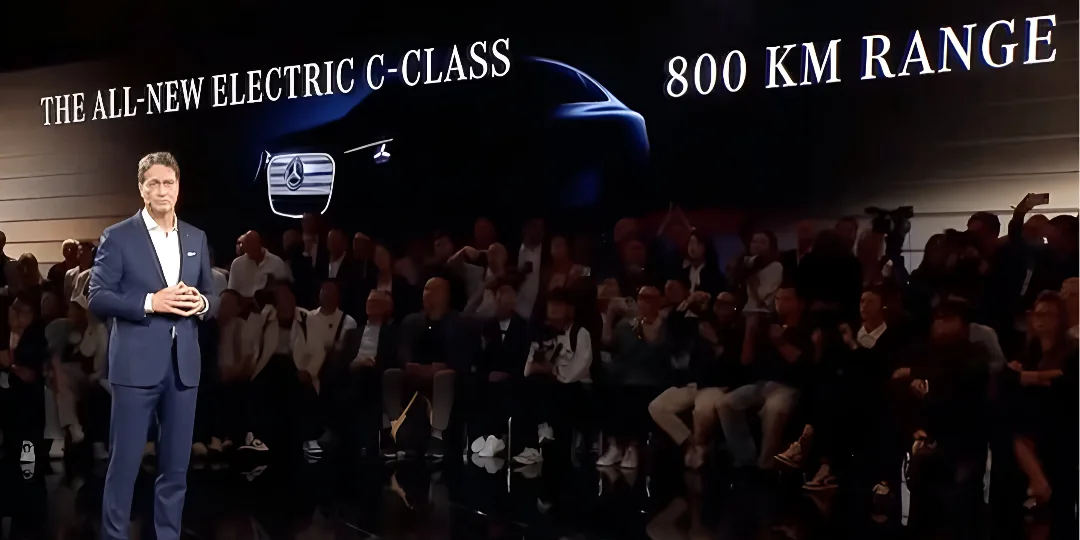
Mercedes has made it clear that efficiency will be the key selling point of the new sedan. With a brand-claimed 800 km range, the C-Class EV aims to address one of the biggest concerns potential EV buyers face—range anxiety.
- Aerodynamic Body: The smoother bodywork plays a direct role in achieving higher range by reducing drag.
- Optimized Powertrains: The electric motors are tuned to deliver maximum output with minimum energy use.
- Regenerative Braking: This system recovers energy while slowing down, sending it back into the battery for extra kilometers of range.
If Mercedes achieves this target in real-world driving, the sedan will offer a practical alternative to conventional luxury cars without the worry of frequent charging.
Charging Convenience For Daily Use
Apart from fast charging at public stations, the upcoming C-Class EV is expected to support multiple charging solutions for different needs:
- Home Charging: Using AC chargers, owners can conveniently recharge overnight.
- Public DC Chargers: For quick top-ups during long trips.
- Integrated Navigation: The car’s system is expected to automatically guide drivers to nearby charging points, making the experience stress-free.
Such convenience will play a big role in encouraging more people to switch to EVs.
Market Expectations And Competition
The electric C-Class will sit in the luxury sedan EV segment, competing against rivals from Germany and beyond. Positioned as a core product, it will offer a balance of affordability (within the luxury space), technology, and everyday usability.
Target Buyers: Professionals, entrepreneurs, and families who want premium comfort with eco-friendly driving.
Price Positioning: Likely higher than the current C-Class but justified by the advanced EV technology and features.
With governments across the world—including India—pushing for faster adoption of electric vehicles, the C-Class EV could arrive in India soon after its global launch.
A Step Toward Mercedes’ Electric Future
The 2026 C Class EV is not just another new model. It is a reflection of Mercedes-Benz’s larger commitment to transform its lineup into an all electric future. By equipping the C Class with a dedicated EV platform, long-range battery, and advanced charging systems the company is positioning this sedan as one of its most important global products
The move also strengthens the overall automobile industry’s push toward sustainable and cleaner transport solutions. For buyers, it means more choices in the premium EV market and confidence in using electric cars for both city commutes and long trips
With its smoother design, advanced MB.EA platform, powerful motor options and an 800 km claimed range, the 2026 Mercedes C-Class EV is shaping up to be a game-changer. Borrowing cutting-edge battery and charging technology from the GLC EV, it promises not just luxury but also practicality for everyday driving. As the launch date approaches, this sedan is set to become a major milestone in Mercedes-Benz’s electric journey
Tags:
CarOnPhone is your one-stop destination to see all upcoming cars, latest cars, released cars, and EV Cars, and compare Cars in all Car Brands. Stay tuned and follow us to update yourself on the automotive world.


